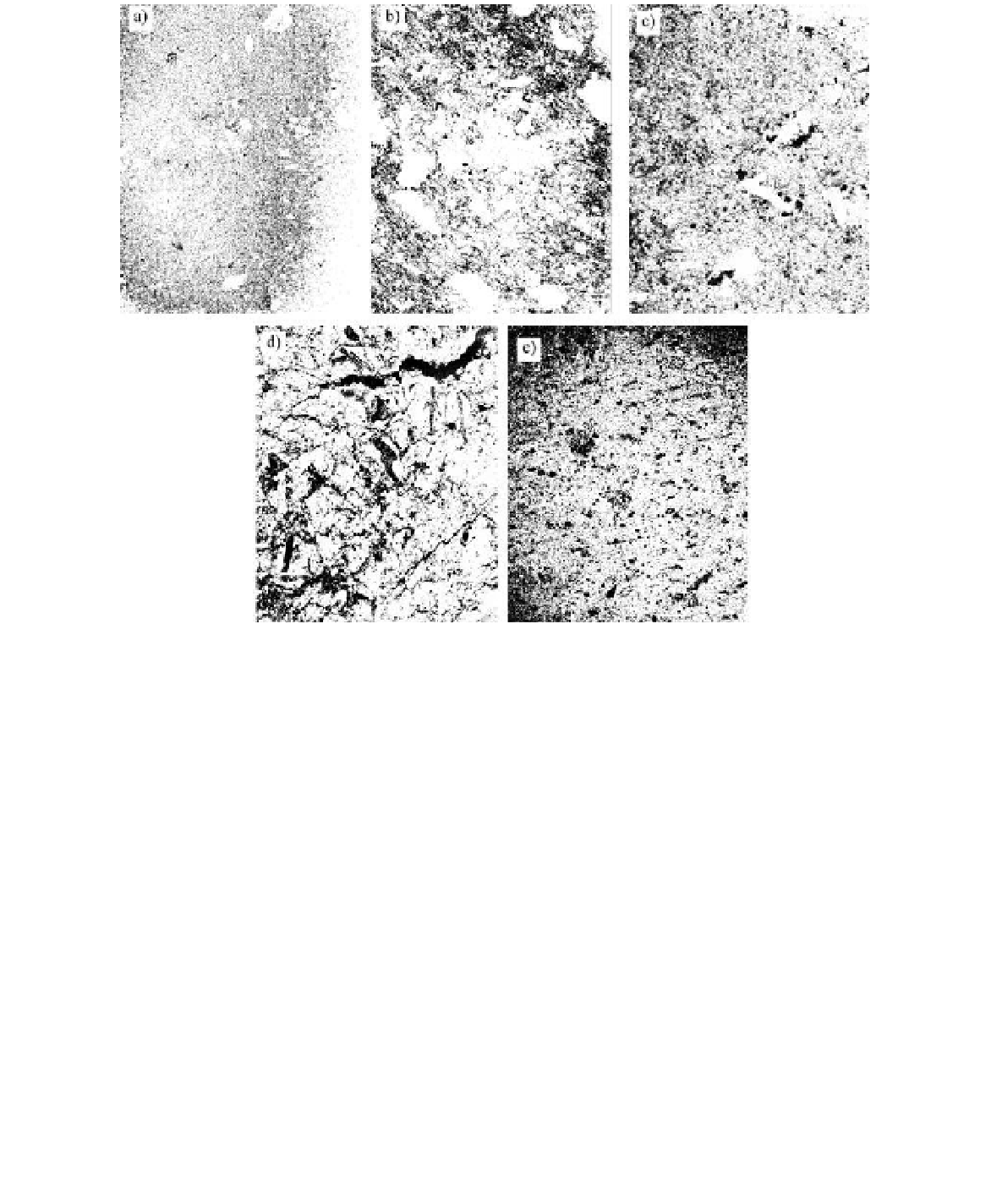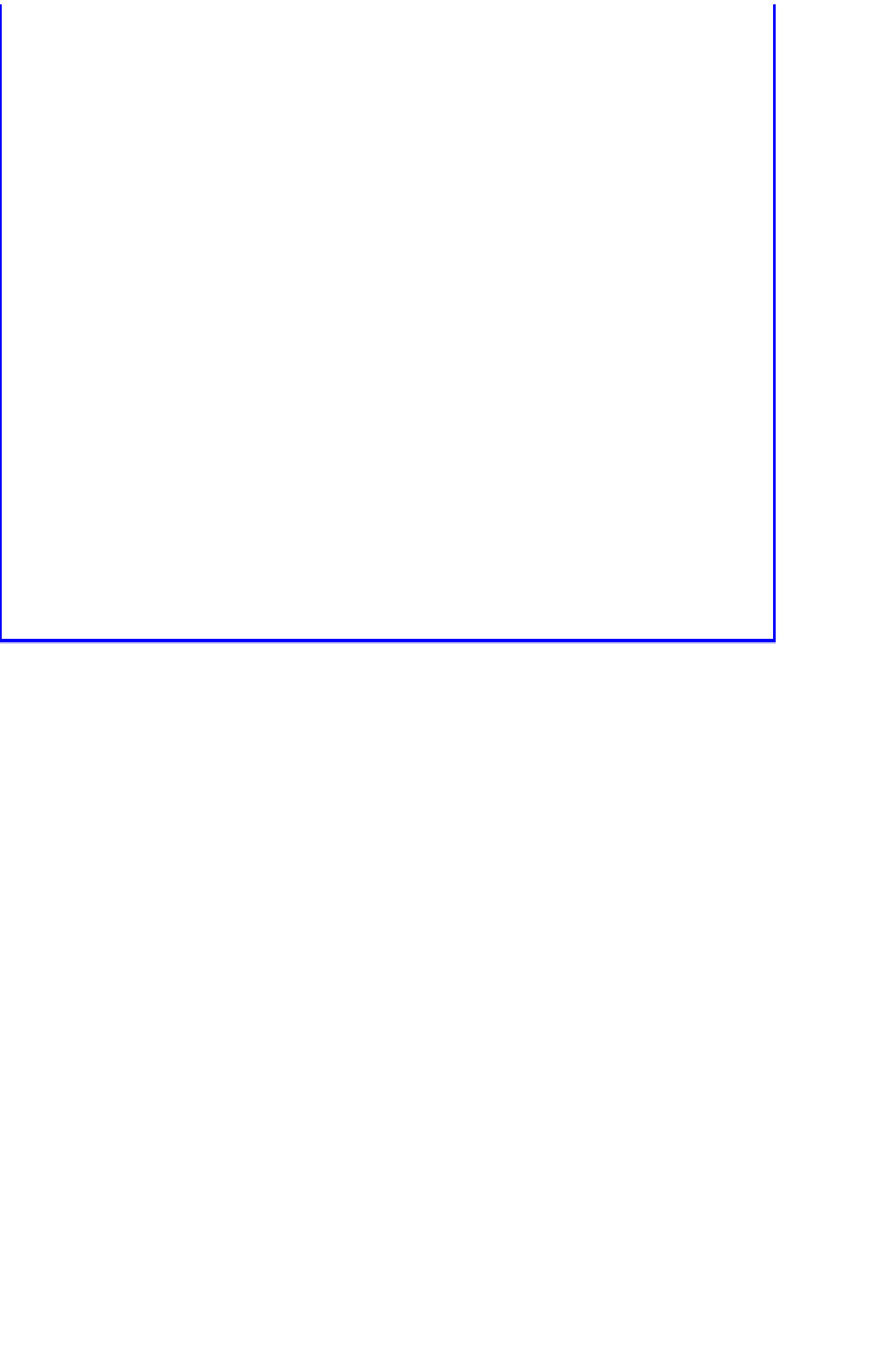Environmental Engineering Reference
In-Depth Information
Figure 1. Representation of porosity in black color from thin sections (scale: 3 cm in width) for different alteration
grades. alteration grade increases from a) to e). The matrix material is shown in white.
changes considerably in samples sl3 and sl4.
This could be controlled by the frequency and
distribution of interconnected pores. in the most
altered rocks (sl5) failure mechanism is typical of
an homogeneous material. This could be the result
of the almost complete replacement of the matrix
crystals by amorphous minerals and through argili-
zation and silicization processes.
The geometry of the stress vs strain curves
To summarize the results from the various tests
the unconfined compressive strength, the tensile
strength and the et
50
are plotted against the altera-
tion grade.
The dispersion of the results in terms both of
uniaxial compressive strength and tensile strength
is relatively small (see
Figure 3a, b
). in particular
dispersion is small (±5-10 MPa) when the uniax-
ial compressive strength values are considered
for all the alteration grades and sample sizes (see
The values of the measured P-wave velocity
under different conditions follow the same type
of trend both for loaded (in uniaxial compression
tests) and unloaded samples. Figure 3c shows also
the increase in the P-wave velocity observed during
uniaxial compression tests for samples with altera-
tion grade from 3 to 5.
Figure 4 presents directly the results in terms
of the dependence on the total porosity values, as
obtained from the micro cT analyses. an exponen-
tial decay of the properties is observed when average
- low to very low gradient in the initial part,
- progressive decrease of slope with increasing
alteration grade,
- multiple peaked rise limb for the more alterated
samples (sl4 and sl5),
- sharp peak to smoothed and/or irregular peak
passing from low to high alteration grades,
- fragile to less fragile peak/post peak behavior
from fresh to alterated lavas,
- observable post peak behavior for grade 4
samples.













